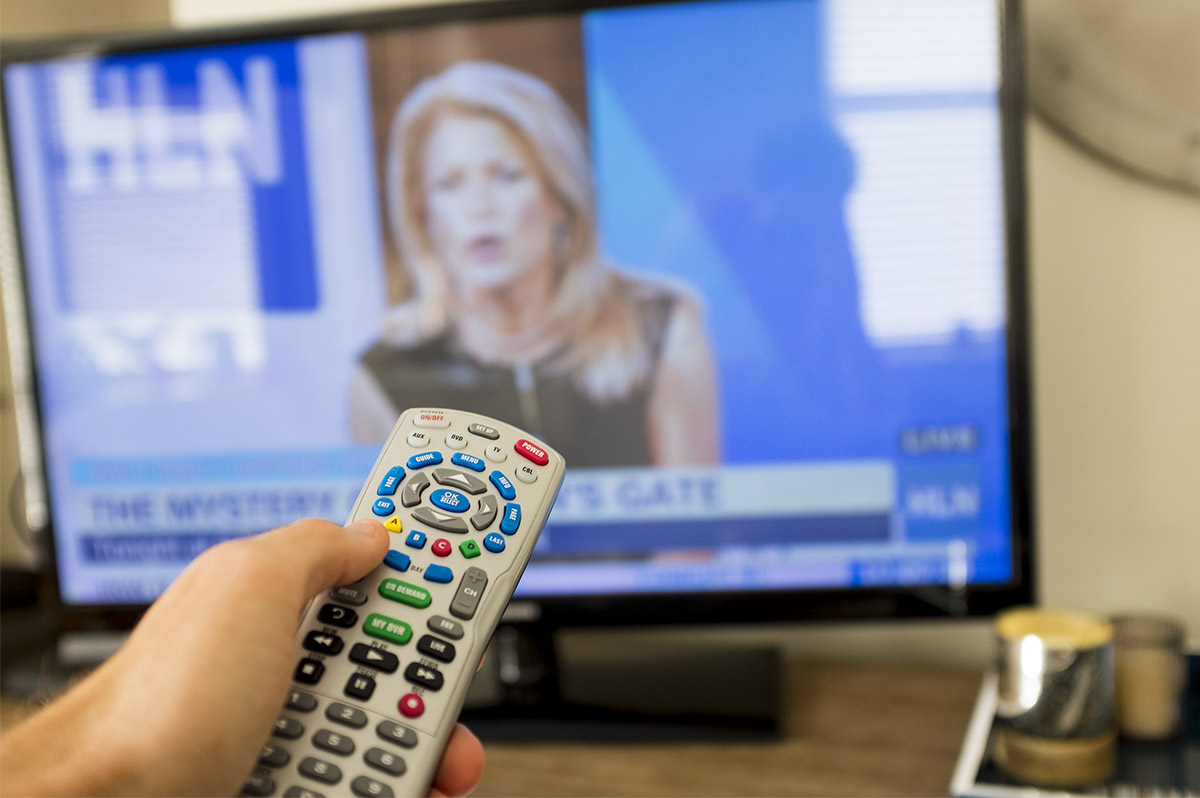The future of ROI in broadcast

Subscribe to NCS for the latest news, project case studies and product announcements in broadcast technology, creative design and engineering delivered to your inbox.
Tech-savvy broadcasting companies, such as Amazon, Apple or YouTube, use cloud-based SVOD and Live OTT to grab income from digital and programmatic advertising. They focus on their unique technology stacks, optimizing content rights, high-quality streaming, rich content metadata, and subscriber intelligence.
Traditional broadcast media are left to prove that they are still relevant and efficient for advertisers.
The traditional TV broadcast remains strong in delivering ROIs
Despite popular belief, TV still has more potential to exceed the results than advertising through other mediums — resulting in higher KPIs than digital ads between 300% and 500% ROI. TV contributes 18% towards the sales impact while digital channels contribute 11% and other media contribute just 6% towards search’s sales impact in the short term.
Television ads help increase brands’ credibility and awareness, creating a sense of familiarity with the products and services, making TV a media that contributes the strongest synergy in multichannel campaigns. For example, broadcast inventory is 5% of the overall video advertising budget, and the digital video ROI will be potentially lower than linear TV. Digital video advertising can achieve 2.5 times higher ROI than broadcast television advertising, amping up the TV allocation to 60% of the video campaign.
The Payback Series research, done collaboratively between Monash University Department of Marketing and Professor of Marketing and Econometrics, GroupM and global marketing effectiveness consultancy Gain Theory, has indexed all media channels and found TV to be three times better at driving sales than any other channel in the study.
The entire brand respondents testified that the average total ROI for TV was approximately US$13.23 for every dollar spent, which is notably higher compared to US$10.19 from Facebook, US$9.90 from out-of-home services, US$9.54 from digital video or US$8.96 from search.
It is also effective even when the budget is tight to enable only short-term campaigns for less than three months, delivering a total ROI of US$4.30 for every dollar spent. The Payback Series research noted an increase in the effectiveness of social media advertising by 6.02%, search engine by 7.13% and display by 5.28% when paired with TV ads.
Another study finds that removing the TV from advertising campaigns might, in contrast, decrease overall ROI from the campaign as a whole by 18%.
The shift in measurement
Facing identity resolution and cross-channel measurement challenges, Nielsen found that only one in four CMOs feels confident in their ROI measurement efficacy. Many of these CMOs still rely on rudimentary metrics, such as click-through rates and page views, rather than measuring the marketing performance and outcomes. They eventually find themself feeling inadequate in their marketing technology solutions, with FMCG, CPG companies, and small-budget marketers being the least confident.
In addition, Google announced in June 2021 that they would phase out their third-party cookie support for Chrome within the next two years after a delay from initial schedule. Set to begin in mid-2023 and last three months, this move will leave marketers to become more dependent on first-party data.
According to Comscore, although this might potentially solve persisting problems such as ad targeting, validation, and audience measurement, it might also create some new challenges. In order to brace for whatever changes in the future, Nielsen’s ROI Elevated report suggests marketers focus on three key attributes: standardization, holistic measurement and adaptability.
Effective measurement requires standardized and scalable metrics that cover all critical elements of marketing campaigns, such as brands, pricing, and media platforms, delivering a common ground despite the fact that ROI varies greatly around the globe. The global median media ROI is US$1.06, but it’s US$0.81 in EMEA and US$1.32 in APAC.
Misattributed ROI might keep the brands clueless about what is actually driving sales. Marketers must start taking a more holistic approach across media and the factors that affect campaign effectiveness. These factors include long-term structural factors such as brand size and incrementality, short-term creative factors such as duration and copy quality, and short-term media factors such as reach and frequency.
In addition, marketers must also understand the performance of a specific budget for an advertising strategy and utilize the insights.
However, the challenge for traditional broadcasters does not lie merely in the technological barrier. They also need to systematically reduce integration and inefficient manual processes in media workflow. These measures have been proven to contribute to more positive ROI rather than trying to compete with new technology procurements that no one understands.
Subscribe to NCS for the latest news, project case studies and product announcements in broadcast technology, creative design and engineering delivered to your inbox.




tags
categories
Thought Leadership, Voices